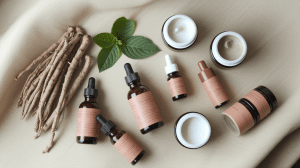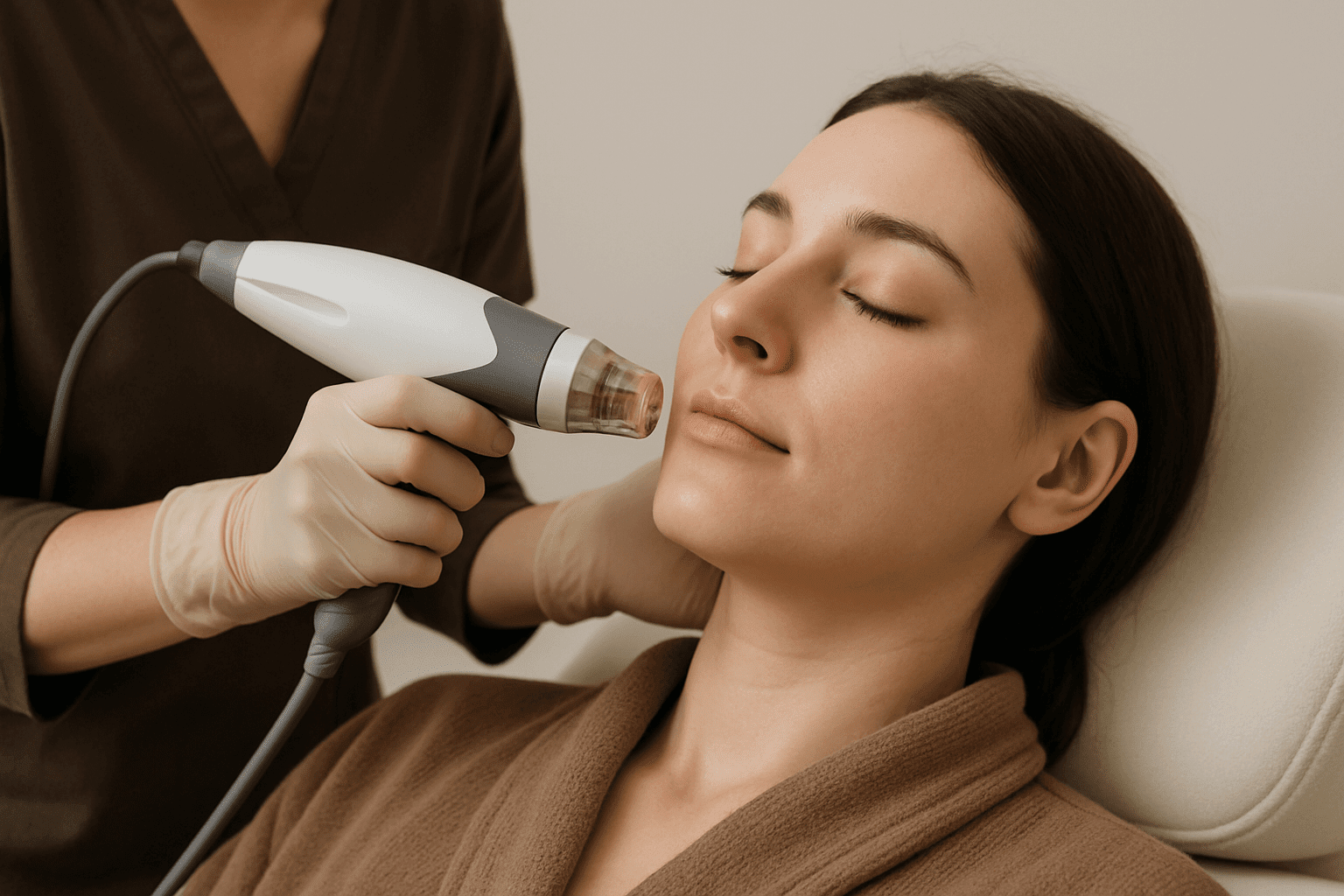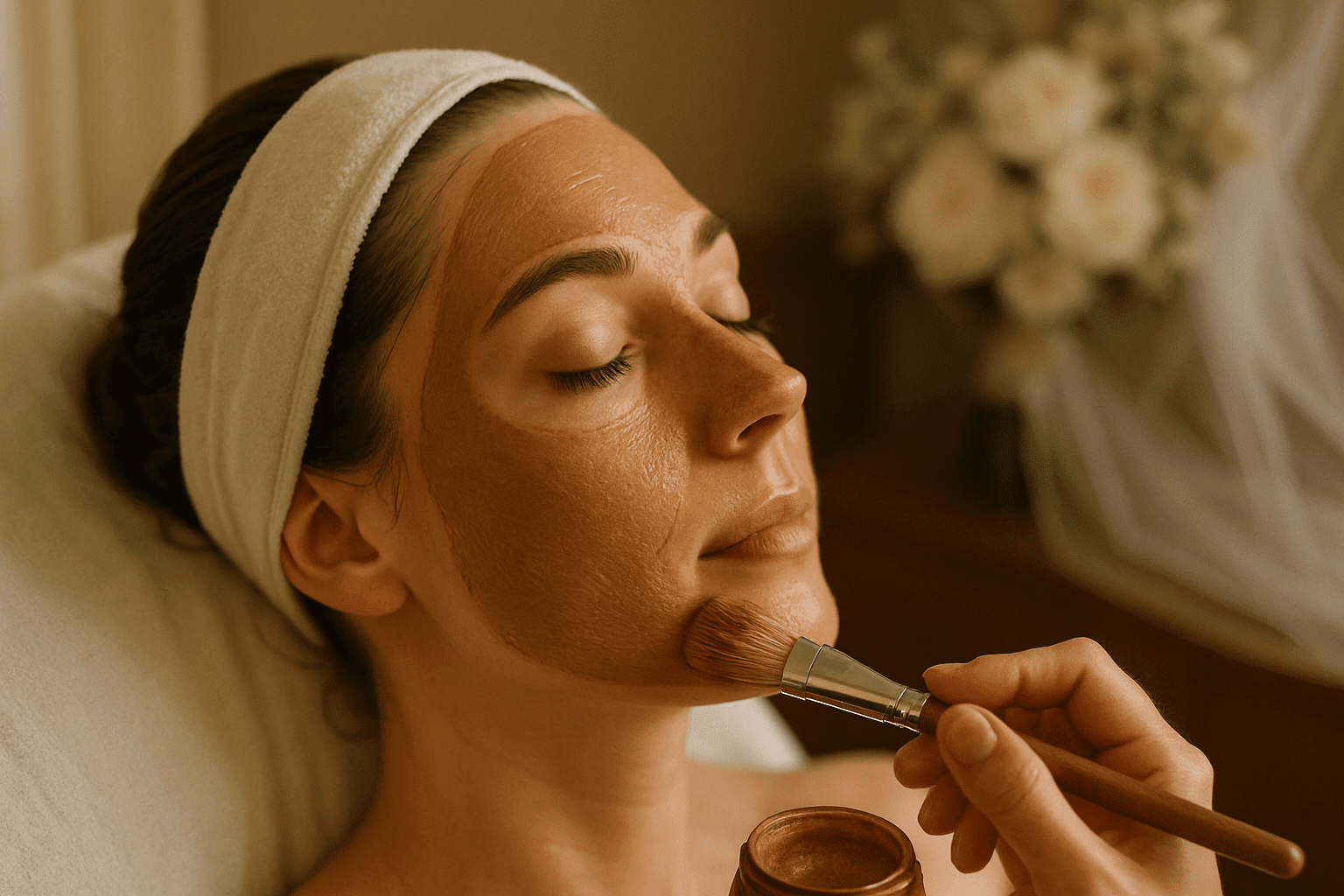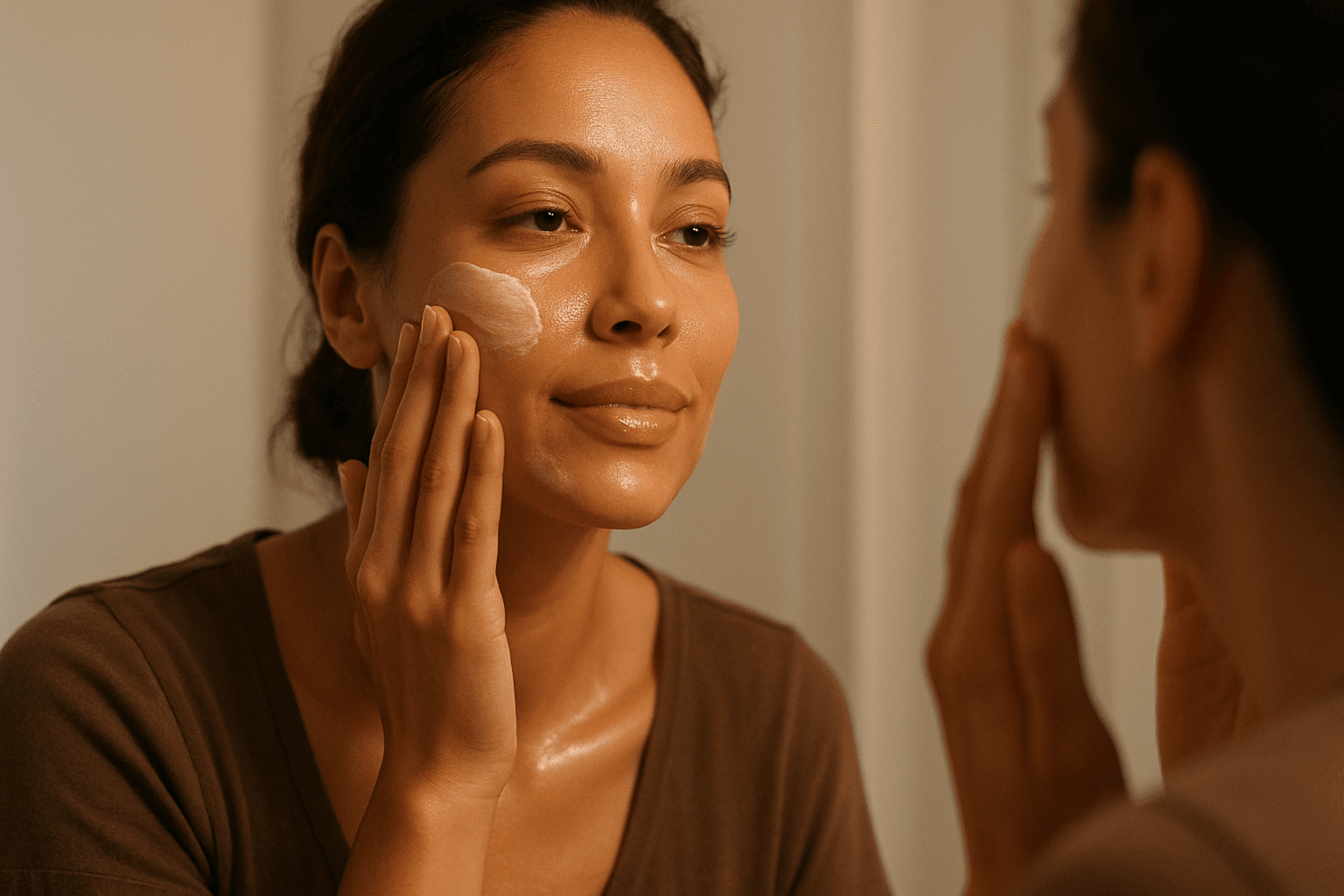Your skin’s worst enemy isn’t always what you put on it—it’s what’s going on inside. Stress, inflammation, and hormone imbalances can trigger breakouts, redness, dryness, and premature aging. Enter: adaptogens for skin.
Adaptogens are stress-fighting herbs that have been used in Ayurvedic and Chinese medicine for centuries. Today, they’re having a major skincare moment—and for good reason. These natural powerhouses can help your body (and skin) adapt to stress, regulate cortisol, and support a balanced, healthy glow.
TLDR – Quick Guide
- What are adaptogens? Plant-based compounds that help your body adapt to physical and emotional stress.
- Why use them for skin? They help regulate inflammation, boost hydration, and promote skin resilience.
- Examples include: Ashwagandha, Rhodiola, Holy Basil, Licorice Root, and Reishi mushroom.
- Formats: Supplements, teas, tinctures, and topical serums.
- Pro tip: Consistency is key—adaptogens work best over time.
Key Takeaways
- Adaptogens reduce cortisol, the stress hormone that causes breakouts and premature aging.
- Ingredients like Ashwagandha, Reishi, and Holy Basil have scientifically backed skin benefits.
- Adaptogens can be consumed or applied topically, depending on your skincare routine.
- Regular use can improve skin tone, reduce redness, and support hydration from within.
- Start with one adaptogen, give it 2–4 weeks, and track how your skin reacts.
Detailed Breakdown
What Are Adaptogens and Why Should Skin Care Fans Care?
Adaptogens are non-toxic plants and herbs that help the body resist stressors—physical, chemical, or biological. When your stress levels spike, so does cortisol, which directly impacts your skin. Cortisol triggers inflammation, slows collagen production, and disrupts your natural barrier. Adaptogens buffer these effects.
They don’t “force” your body to react a certain way—they bring it back to equilibrium. That’s why they’re ideal for sensitive, inflamed, or acne-prone skin types.
Top 5 Adaptogens for Skin
1. Ashwagandha
- Known for reducing anxiety and balancing cortisol.
- Topical and internal use can improve elasticity and reduce dullness.
2. Rhodiola Rosea
- Helps cells adapt to oxygen and environmental stressors.
- Boosts circulation, which may enhance that natural flush and glow.
3. Holy Basil (Tulsi)
- Acts as an anti-inflammatory and anti-bacterial powerhouse.
- Especially useful for acne-prone or eczema-sensitive skin.
4. Licorice Root
- Brightens skin tone and reduces hyperpigmentation.
- Excellent for people dealing with redness or post-acne marks.
5. Reishi Mushroom
- Loaded with beta-glucans that boost hydration and soothe irritation.
- Found in high-end anti-aging creams for its calming and rejuvenating effects.
How to Use Adaptogens for Skin
There’s no one-size-fits-all. You can go internal with powders, capsules, or teas—or external with creams, serums, or face masks that feature adaptogenic extracts.
Internal Use Tips:
- Add adaptogenic powders like Ashwagandha or Reishi to smoothies or matcha.
- Sip on Holy Basil tea throughout the day.
- Take a Rhodiola capsule pre-workout for both energy and skin support.
Topical Use Tips:
- Use a serum with Reishi for hydration and barrier repair.
- Licorice root extract is often found in K-beauty products for brightening.
Reminder: Results aren’t overnight. Stick with an adaptogen consistently for 3–4 weeks to see visible changes.
Key Takeaways
- Adaptogens for skin help your body manage stress, which shows up as clearer, calmer, glowier skin.
- The best adaptogens include Ashwagandha, Rhodiola, Holy Basil, Licorice Root, and Reishi.
- Use adaptogens internally and topically for the best results.
- Skin benefits take time—consistency is your best friend.
- Stress management = skin management. Don’t overlook the power of internal wellness.
FAQs
1. Are adaptogens safe for all skin types?
Generally yes, especially when used topically. However, if you’re taking adaptogens internally, it’s best to consult with a healthcare provider, especially if you’re pregnant or on medication.
2. Can I mix different adaptogens together?
Yes, many skincare supplements blend multiple adaptogens. That said, introduce one at a time so you can track how each affects your skin and stress levels.
3. How long does it take to see results?
Most people start to see improvements in skin texture and tone within 3–4 weeks of consistent use. Remember, adaptogens are not quick fixes—they’re long-game wellness tools.
4. What’s better: topical or oral adaptogens?
It depends on your skin goals. For inflammation and hydration, topical is great. For stress-induced breakouts or hormonal imbalances, internal use may be more effective.
5. Can I use adaptogens with other skincare actives?
Yes! Adaptogens pair well with ingredients like hyaluronic acid, niacinamide, and peptides. Just avoid layering too many active ingredients if you have sensitive skin.




